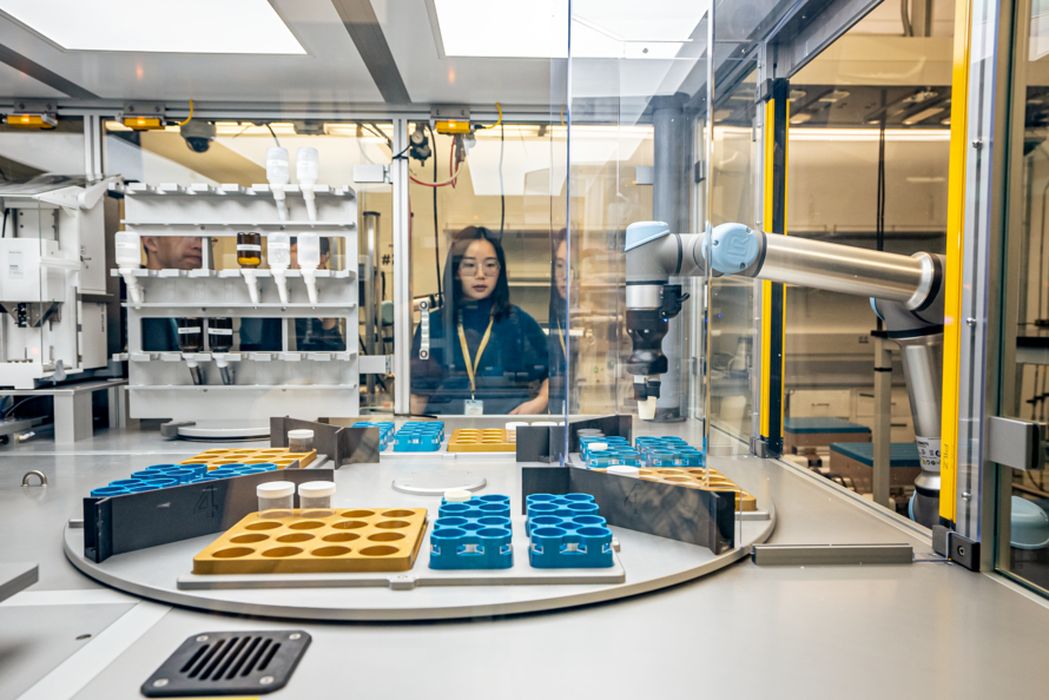
Artificial Intelligence (AI) is beginning to impact various aspects of society, and a new development in additive manufacturing—material design—is no exception.
There is a multitude of material types available from suppliers, but only a select few are suitable for 3D printing. Certifying these materials requires extensive testing, not only to prove their 3D printing capabilities but also to establish initial printing parameters.
Exploring New Material Combinations
The process becomes even more complex when considering the infinite number of undiscovered materials, which involve combining elements in various ways to create new alloys or composite materials. Identifying feasible combinations that work best has traditionally been a lengthy process, with numerous tests conducted before discovering a promising candidate.
Machine learning tools have recently accelerated this process by computationally identifying likely combination candidates through chemical simulations. However, actual testing still remains a requirement.
The Autonomous Lab: A Game Changer in Material Design
A research experiment at Berkeley Lab has designed a system, called the “A-Lab,” which not only identifies candidates but also creates them. Comprising three robot arms, around 200 possible metal powder precursor materials, weigh scales, eight furnaces, and other tools, the system prepares precise combinations of metal powders and creates samples from each new alloy in one of its furnaces.
Capable of operating continuously, the A-Lab can produce 100-200 alloy samples daily. As samples are created, the system analyzes them, generating reports on each combination that can be later inspected for alloys with promising properties.
This groundbreaking innovation significantly boosts productivity, as most of this work would traditionally be performed manually. Researchers believe the A-Lab accelerates the process by a factor of 50-100.
Potential Adaptations for 3D Printing Materials
This impressive system could potentially be adapted for the development of 3D printing materials. Envision a small capacity Laser Powder Bed Fusion (LPBF) 3D printer, equipped with fittings that allow for easy input of new metal powder combinations. A small tray system could be used, where trays of powder are prepared by the A-Lab and sequentially inserted into the metal 3D printer for printing. The resulting samples can then be analyzed in a similar manner to the A-Lab’s current process.
By scaling up the system with additional trays and lasers, it could rapidly evaluate the potential of new, completely unknown alloys. Although this technology doesn’t exist today, its immense value could inspire its development.
In a few years, we may witness new classes of superalloys becoming available for additive manufacturing equipment.
Via Berkeley Lab
